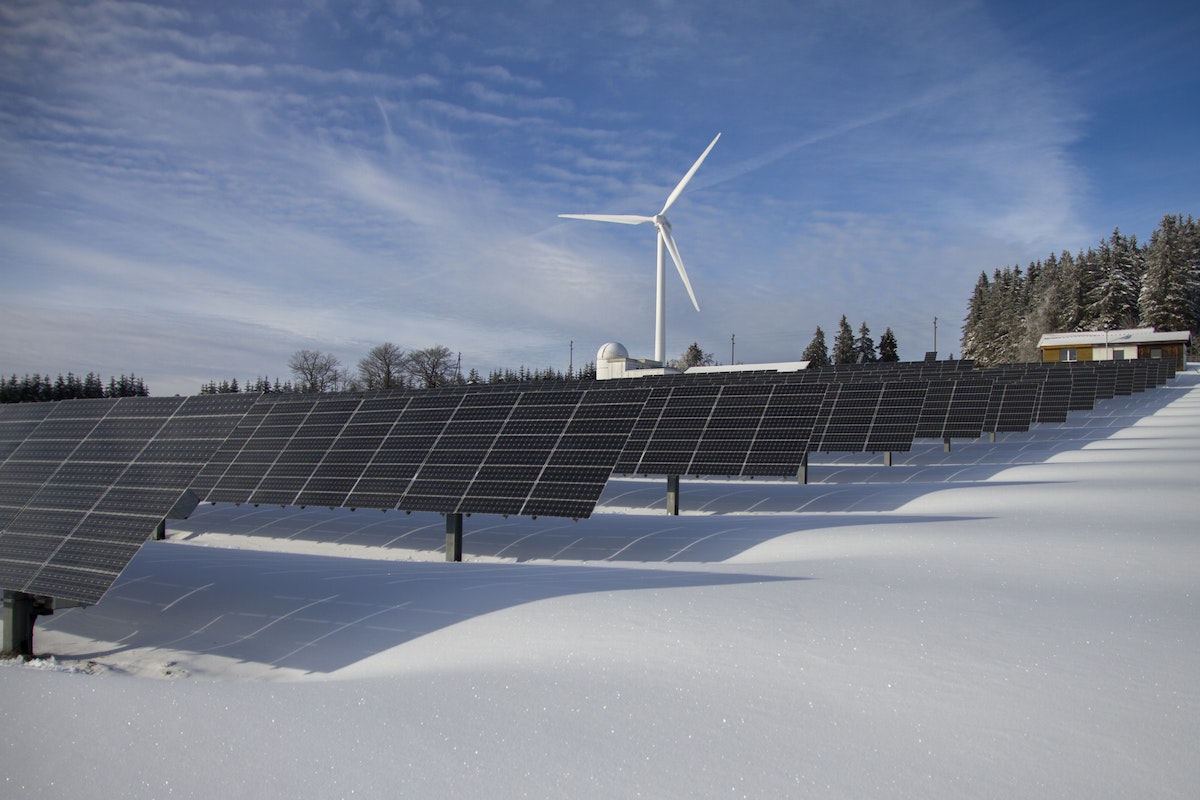- Assess power needs and choose the right backup power source to ensure sufficient capacity.
- Install and maintain backup power equipment properly for optimal performance and safety.
- Test and train staff on the backup power plan, including activating, handling equipment, and troubleshooting common issues.
- Utilize professional electrical services for accurate assessment, installation, and maintenance.
- Having an effective backup power strategy enables businesses to operate smoothly during outages.
Maintaining a reliable power supply is essential for uninterrupted operations in today’s fast-paced business world. Power outages can cause significant disruptions, financial losses, and damage to your business’s reputation. That’s why creating a backup power strategy is crucial to ensure your business remains operational during unexpected power failures. This guide will discuss five key steps to help you develop an effective backup power strategy for your business, enabling you to mitigate risks and maintain continuity.
1. Assess Your Power Needs
The first step in creating a backup power strategy is to assess your business’s power requirements. Identify critical systems, equipment, and processes that must be powered during an outage. This includes essential technology infrastructure, data centers, communication systems, security systems, and any specialized equipment vital to your operations.
Conduct a thorough analysis of your power needs, considering the duration of outages typically experienced in your area and the specific requirements of your industry. This assessment will help you determine the appropriate backup power capacity and identify the most suitable solutions.
2. Choose the Right Backup Power Source
Once you have assessed your power needs, select the most appropriate backup power source for your business.
Here are some backup power sources to choose from:
Generators
Generators are a popular choice for businesses as they are relatively inexpensive and extremely reliable. They run on gasoline, diesel or natural gas, so you can select the best option. When selecting a generator, get one with sufficient power output for all of your equipment. It’s also important to factor in additional power requirements if some of your equipment requires more energy than usual when running. Additionally, consider how often the generator will need maintenance and repairs, especially if you use it frequently.
Solar Power Systems

Solar power systems use energy from the sun to generate electricity and store it in batteries for later use. These backup power sources are ideal for businesses in sunny climates and low-power applications that don’t require a lot of energy. However, it’s important to note that solar power systems are more expensive than generators and may require additional maintenance or repairs.
Battery Backup Systems
A battery backup system is another option for providing backup power in an emergency situation. This system uses batteries to store energy, allowing you to switch between the grid power and the stored energy when needed. When selecting a battery backup system, ensure you have enough capacity for your needs and that the batteries are well-maintained. Additionally, remember that these types of systems can be quite costly.
Fuel Cells
Fuel cells are gaining popularity as a clean and efficient electricity generation. They use fuel such as natural gas or hydrogen and convert it into electricity through an electrochemical reaction. Fuel cells are more expensive than other backup power sources but offer higher efficiency and reliability. Additionally, they require less maintenance than generators or battery backup systems.
3. Install and Maintain Backup Power Equipment
Once you have chosen the backup power source, it’s crucial to ensure proper installation and regular equipment maintenance. Improper installation can compromise the effectiveness of your backup power system and lead to potential safety hazards.
Before starting the installation process, there are several steps you should take to prepare. Ensure that your site is properly leveled and secure. Check for obstructions such as debris or vegetation near the equipment location that could impede access or block ventilation. Also, confirm that you have enough power from local utilities to power your backup system and any other necessary components.
4. Test and Train Your Staff

Regular testing and training are vital to ensure the effectiveness of your backup power strategy. Conduct periodic testing of your backup power system to verify its functionality and identify any areas of improvement. Simulate power outages and assess the response time and effectiveness of the backup power equipment and procedures.
Provide comprehensive training to your staff on the backup power plan, including instructions on activating the backup power system, handling equipment, and troubleshooting common issues. Empower your employees to take necessary actions during power outages, such as shutting down non-essential equipment, prioritizing critical systems, and following safety protocols.
5. Utilizing Professional Electrical Services
To ensure the successful implementation and maintenance of your backup power strategy, engaging professional commercial and industrial electrical services is crucial. These experts have the knowledge, skills, and experience to assess your power needs accurately, recommend the most suitable backup power solutions, and precisely handle the installation and maintenance processes. Professional electrical services will ensure compliance with safety standards, provide valuable insights and advice, and troubleshoot any issues with your backup power system.
By partnering with professional electrical services, you can have peace of mind knowing that your backup power strategy is in the hands of experts. They will ensure that your backup power system is reliable, efficient, and adequately maintained, enabling your business to operate smoothly even during power outages.
Final Words
Creating a backup power strategy for your business is essential to maintain uninterrupted operations and mitigate the risks associated with power outages. You can establish an effective backup power strategy by following these five key steps—assessing your power needs, choosing the right backup power source, installing and maintaining backup power equipment, testing and training your staff, and utilizing electrical services.
